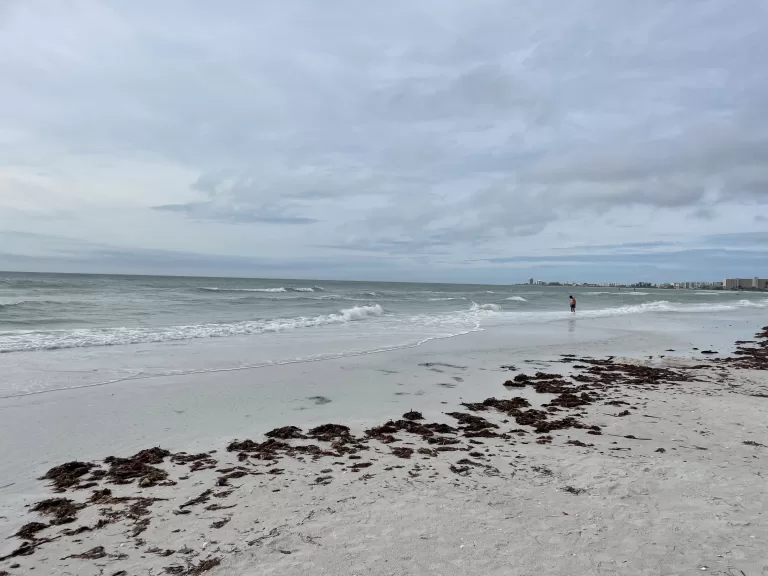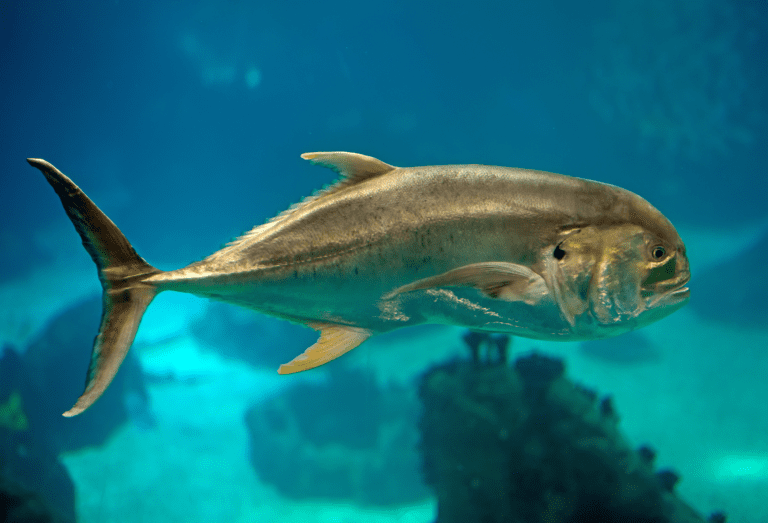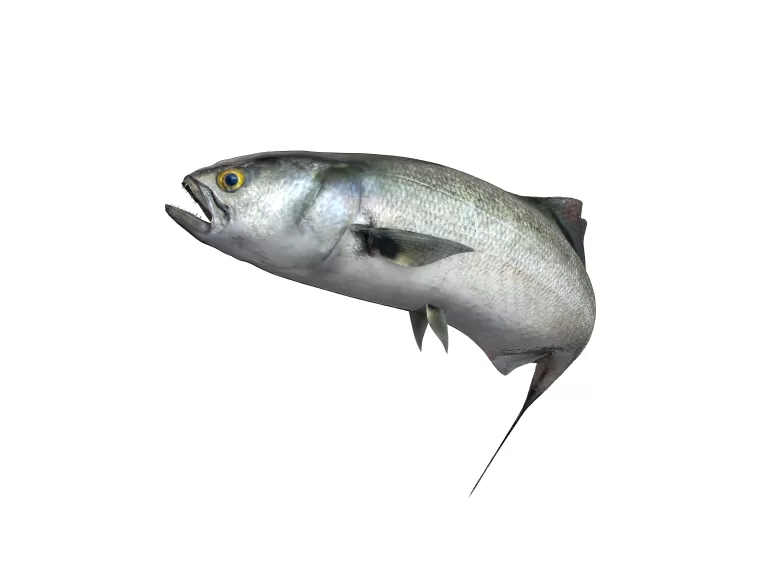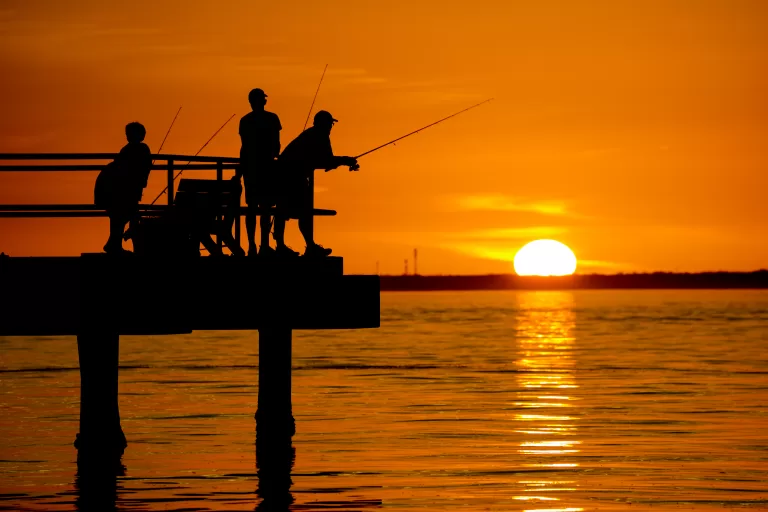Mastering Mangrove Snapper Fishing: Top Tips for a Successful Catch
There’s a certain thrill in feeling a tug on your fishing line, heart pounding as you reel in your catch, only to find a beautiful, iridescent mangrove snapper at the end of your line. Ah, the joy of a successful catch! But how can you increase your odds of experiencing this rush? By mastering the art of mangrove snapper fishing, of course! Let’s take you on a journey through the ins and outs of catching these beauties, from identifying them to understanding their habitats, knowing the best seasons and times, the most effective baits and lures, the essential fishing techniques, the right gear, and even the top fishing locations. Ready for the adventure? Let’s dive in!
Key Takeaways
- Identify Mangrove Snappers & their habitat for successful fishing
- Use live bait, cut bait or artificial lures with the right gear for best results
- Follow local regulations to make sure you comply with all necessary sustainable fishing practices
Mangrove Snapper Identification and Habitat
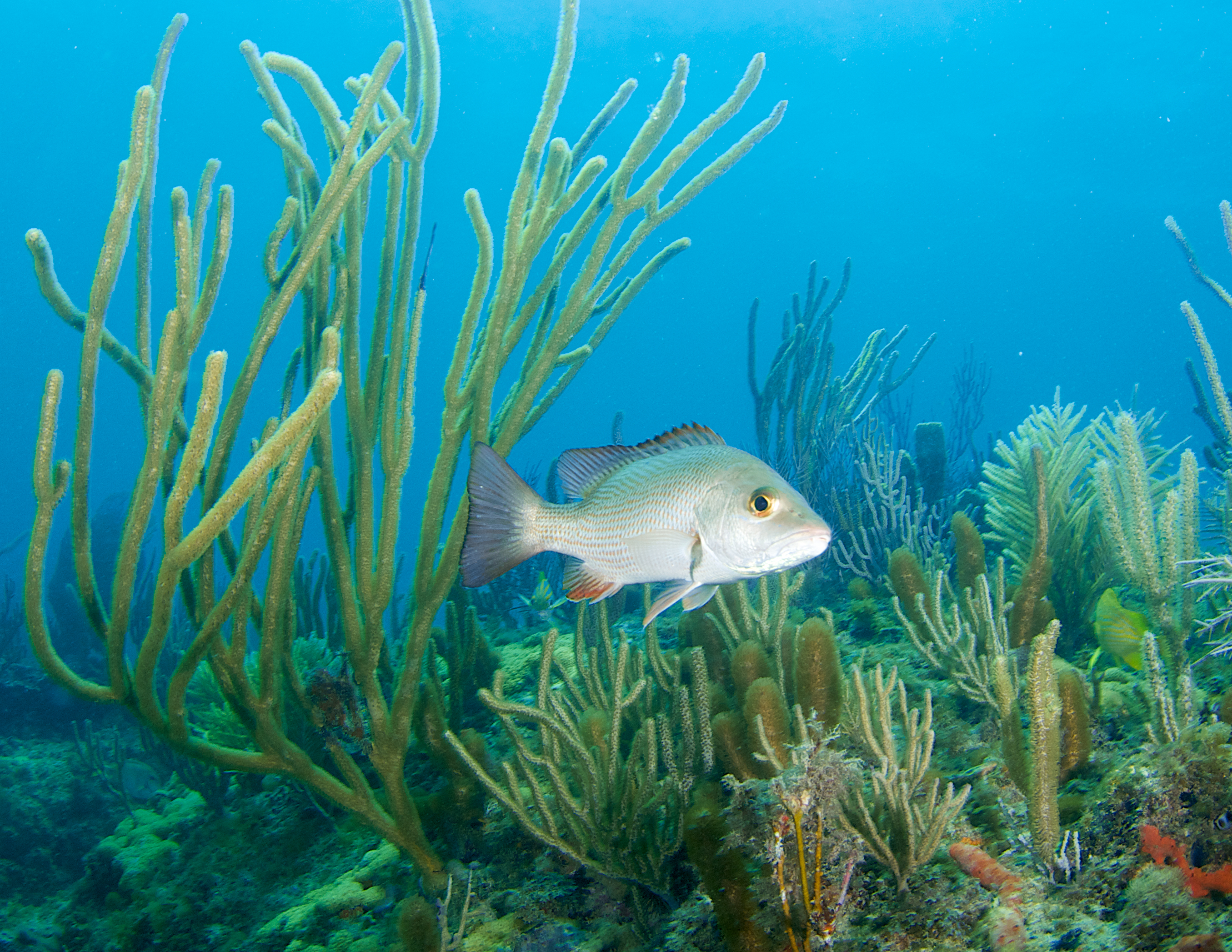
Before embarking on your fishing trip, understanding the appearance and habitat of mangrove snapper is beneficial. Recognizing their distinctive physical features will prevent you from confusing them with other fish species, and understanding their preferred habitats will save you time by fishing in the right spots. Let’s familiarize ourselves with our elusive target.
Physical Characteristics
Imagine a fish with the following features:
- Bright red to coppery skin
- Lighter whiteish underbelly
- Slim body
- Noticeable darker snout
- Large mouth with sharp teeth, perfect for snapping up prey
This, my friend, is the Mangrove Snapper in all its glory.
These distinct physical attributes distinguish mangrove snapper from other snapper species, particularly during mangrove fishing excursions.
Size
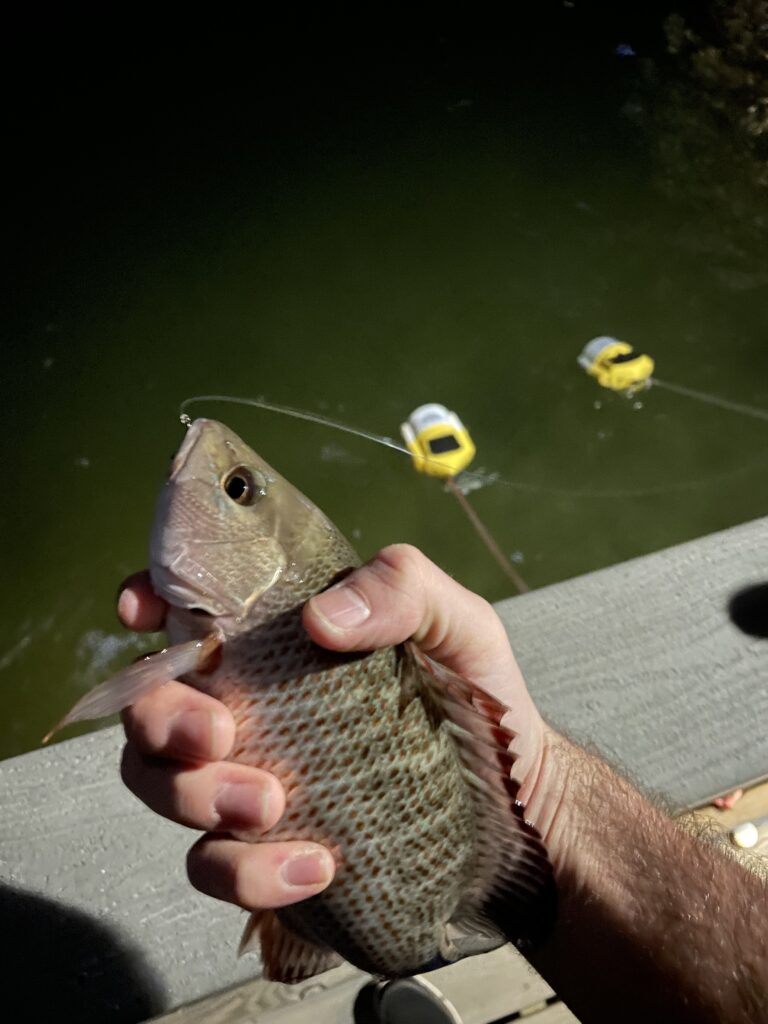
Mangrove Snappers are not the biggest fish in the sea, but they are a decent size. They are usually between 10 and 14 inches in length and weigh 1 to 2 pounds when found inshore. Offshore, they are larger, 8-12 inches long, and weigh between 2-5 pounds.
Yet, their size shouldn’t mislead you. These fish are notorious for their resistance, making them a popular choice for many fishing enthusiasts.
Preferred Habitat
Having described the mangrove snapper and its physical traits, where could we locate this elusive species? True to their name, mangrove snappers love hanging out in the mangrove roots, mostly in shallow bays and creeks. They are also found near any structure inshore, like rock piles, and offshore around reefs and shipwrecks.
Thus, whether your fishing occurs inshore or offshore, watch out for these habitats as they are likely to harbor your intended catch – the target mangrove snapper. To catch mangrove snappers, focus on these areas and use appropriate techniques.
Best Seasons and Times for Mangrove Snapper Fishing
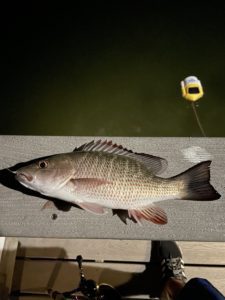
Understanding the optimal times to fish for mangrove snapper is as significant as knowing their location. These fish possess distinct active periods and seasons, making them easier to catch.
So, when would be the best time to schedule your fishing trip to optimize your odds of catching these elusive beings?
Seasonal Patterns
If you’re keen on catching mangrove snapper, it’s time to mark your calendars! June to August are the prime months for mangrove snapper fishing. This is when the water temperatures rise and daylight hours increase, making it the peak season for snapper fishing.
Daily Patterns
Suppose you’ve selected an ideal summer day for your fishing excursion. When would be the best time to commence your adventure? Well, mangrove snapper are most active during the early morning and late afternoon. So, whether you’re an early bird or a night owl, there’s a perfect fishing time for you. Remember to check the local tide and weather conditions before heading out.
Effective Baits and Lures for Mangrove Snappers

Now that you’re aware of when and where to locate mangrove snapper, let’s move on to discuss the catching methods. Selecting appropriate bait and lure can notably enhance your odds of a successful catch. Let’s examine some of the most potent baits and lures for mangrove snapper fishing:
- Live shrimp
- Live pilchards
- Live pinfish
- Cut bait (such as mullet or ladyfish)
- Artificial lures (jigs or soft plastics work best)
Live Bait
Mangrove snapper have a particular fondness for live bait. Shrimp, pinfish, and pilchards are all excellent choices that can attract these fish. Whether inshore or offshore, using live bait can greatly increase your odds of catching a big mangrove snapper.
Cut Bait
If live bait isn’t your thing, don’t worry! Cut bait can be just as effective for catching mangrove snapper. Shrimp, squid, and mullet are all good options. The key to using cut bait effectively is to make sure it’s fresh.
Thus, during your next fishing trip preparation, don’t forget to include some cut bait in your cooler.
Artificial Lures
For those who prefer a more hands-on approach, using artificial lures can be a fun and effective way to catch mangrove snapper. Jigs with a curly tail are great options. These lures imitate the movement of live bait, making them irresistible to mangrove snapper and increasing your chances of catching mangrove snappers.
Ensure you adjust your retrieval speed and lure color in line with the conditions for optimal outcomes.
Essential Fishing Techniques for Mangrove Snapper Success
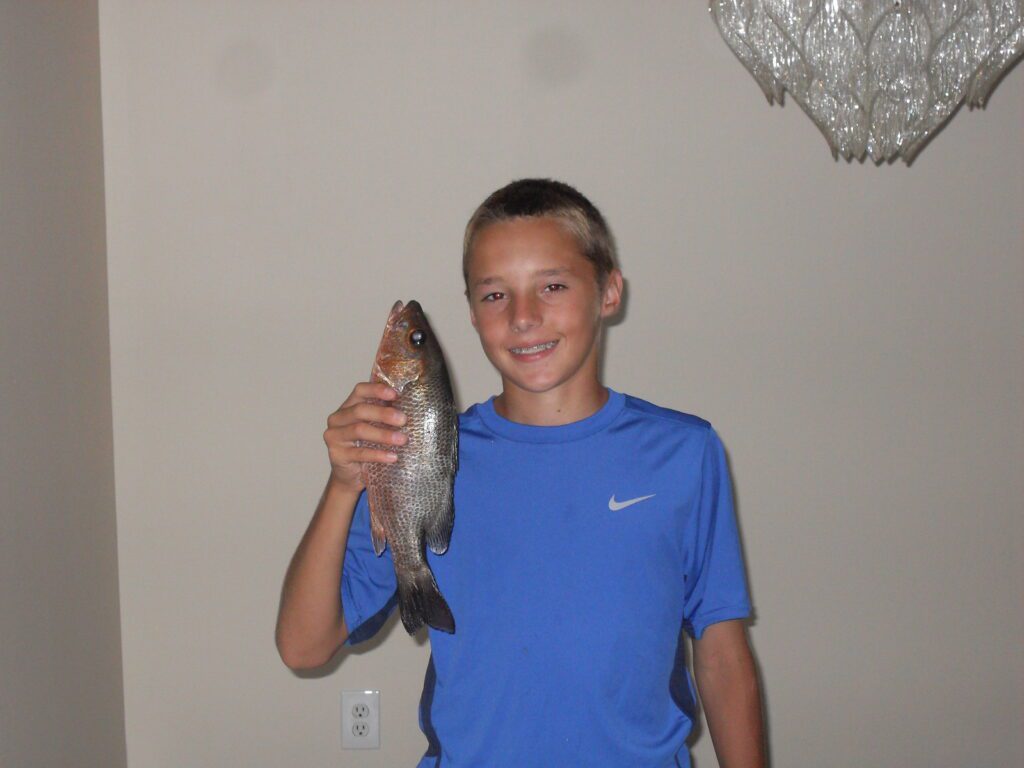
You’ve picked your bait, and you’re familiar with the fishing location and timing. Now, let’s discuss techniques. The techniques you can use when fishing for mangrove snapper include:
- Bottom fishing
- Drifting with live bait
- Chumming
- Casting
These techniques can significantly influence your success when fishing for mangrove snapper.
Let’s examine some of the most impactful techniques for catching these fish.
Bottom Fishing (offshore)
If you’re heading offshore for mangrove snapper, bottom fishing is a classic technique for catching mangrove snapper. This method involves dropping a heavy weight to keep your live or cut bait near the bottom, where mangrove snapper tend to hang out. A split shot or live bait rig is best for bottom fishing.
So, prepare to drop your line deep into the water and anticipate that thrilling pull.
Chumming
Chumming is another technique that can help attract mangrove snapper to your fishing spot. By spreading bait in the water, you create a food trail that lures the fish to you. This technique is most effective when combined with live or cut bait.
Thus, during your next mangrove snapper fishing trip, consider scattering some chum into the water and observe the outcome. Before engaging in this technique, it is important to check state laws related to chumming.
Casting
Casting, in this scenario, is a technique that involves fishing in shallow waters close to the shore. When targetting this species, you want to be casting your bait or lure in and around mangroves and other structures in the water, as these are the habitats that mangrove snapper inhabit.
Using lightweight hooks and small pieces of bait fish can be particularly effective when casting for small fish.
Choosing the Right Gear for Mangrove Snapper Fishing
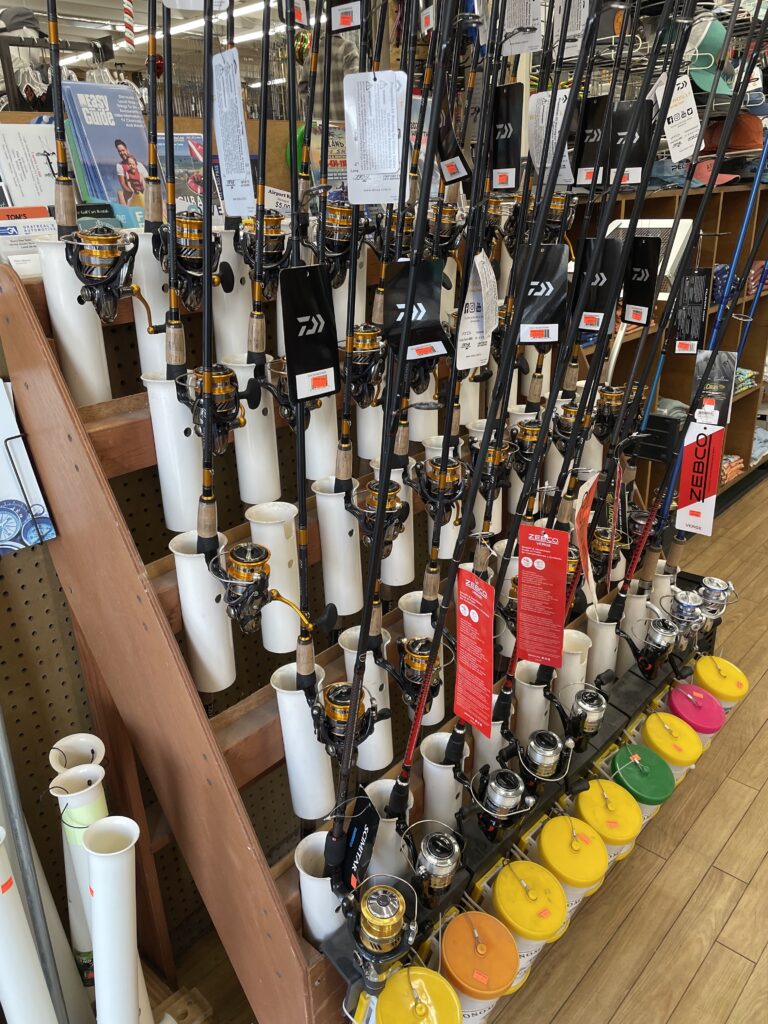
Selecting appropriate gear can significantly impact your experience. The right hook size, rods, reels, and rigs can substantially improve the chances of a big catch.
Hook Size
Your hook size can notably affect your success rate while fishing for mangrove snapper. A size 1/0 or 2/0 circle hook is ideal for this type of fishing. Using the right size circle hook increases your chances of getting a good hook set, ensuring that you reel in that prized catch.
Rods and Reels
The correct rod and reel will make a substantial difference during your mangrove snapper fishing trip. A medium to medium-heavy action rod between 6 and 7 feet is recommended. Pair it with a good quality reel, like the Shimano Spheros 6000 or the Daiwa Saltist, and you’re all set for a successful day of fishing.
Rigs
Your line rigging method can also impact your success rate in mangrove snapper fishing. A two-hook rig is commonly used for these fish. However, a split shot or live bait rig can be just as effective. Remember, the type of rig you use can depend on several factors, including the water depth, the size of the fish, and the kind of bait.
Top Mangrove Snapper Fishing Locations

Being aware of where to locate mangrove snapper can notably enhance your odds of a successful catch. Whether you’re fishing inshore or offshore, there are specific locations where these fish are more likely to be found.
Inshore Locations
Inshore fishing offers a range of prime locations for catching mangrove snapper, especially when targeting inshore mangrove snapper. Look for mangrove-lined shores, bridges, and jetties – these are where these fish are likely to be found.
Therefore, when planning your next inshore fishing trip, remember these locations.
Offshore Locations
If you plan on heading offshore, there are numerous fishing spots where you can find mangrove snapper. Oil rigs and artificial reefs are particularly popular locations. These structures attract baitfish, providing a plentiful food source for the snapper.
So, equip yourself, embark, and prepare to haul in some notable catches.
Understanding Mangrove Snapper Regulations
Before casting your line, it’s beneficial to comprehend the regulations associated with mangrove snapper fishing. These laws ensure that fishing practices are sustainable, protecting the mangrove snapper population for future generations of anglers.
Florida Regulations
In Florida, there are specific regulations for mangrove snapper fishing:
- The minimum size limit is 10 inches
- There’s a daily bag limit of 1 fish per person
- There’s also a seasonal closure from January to April to protect spawning fish.
Adhering to these regulations allows you to have a fruitful fishing trip while contributing to the conservation of this remarkable species.
Summary
In conclusion, mastering mangrove snapper fishing involves:
- Understanding the fish’s physical characteristics.
- Knowing their habitats.
- Choosing the right season and time.
- Selecting the best baits and lures.
- Using effective fishing techniques.
- Selecting the right gear.
- Understanding the regulations around fishing these species.
Whether you’re planning an inshore or offshore fishing trip, this guide has equipped you with the knowledge you need to increase your chances of a successful catch. So, grab your gear, head to the water, and prepare for an epic excursion!
Frequently Asked Questions
Are mangrove snapper good to eat?
Mangrove snapper is an incredibly delicious fish, highly regarded for its sweet, white, and flaky flesh. It can be cooked in various ways and consistently ranks among the most delicious fish in Florida, making it an excellent choice for grilling or baking.
Can you keep mangrove snapper in Florida?
Yes, you can keep mangrove snapper in Florida; the daily bag limit is 5 per individual, but be sure to check for the seasonal closure in effect from January to April.
Where can I find mangrove snapper?
Mangrove snapper can be found foraging around the roots of red mangrove trees in the western Atlantic Ocean, the Gulf of Mexico, Bermuda and the Caribbean Sea. Look for them in shallow or deep waters, docks, bridges and nearshore reefs – bait with live shrimp or white baits and a 1/0 circle hook.
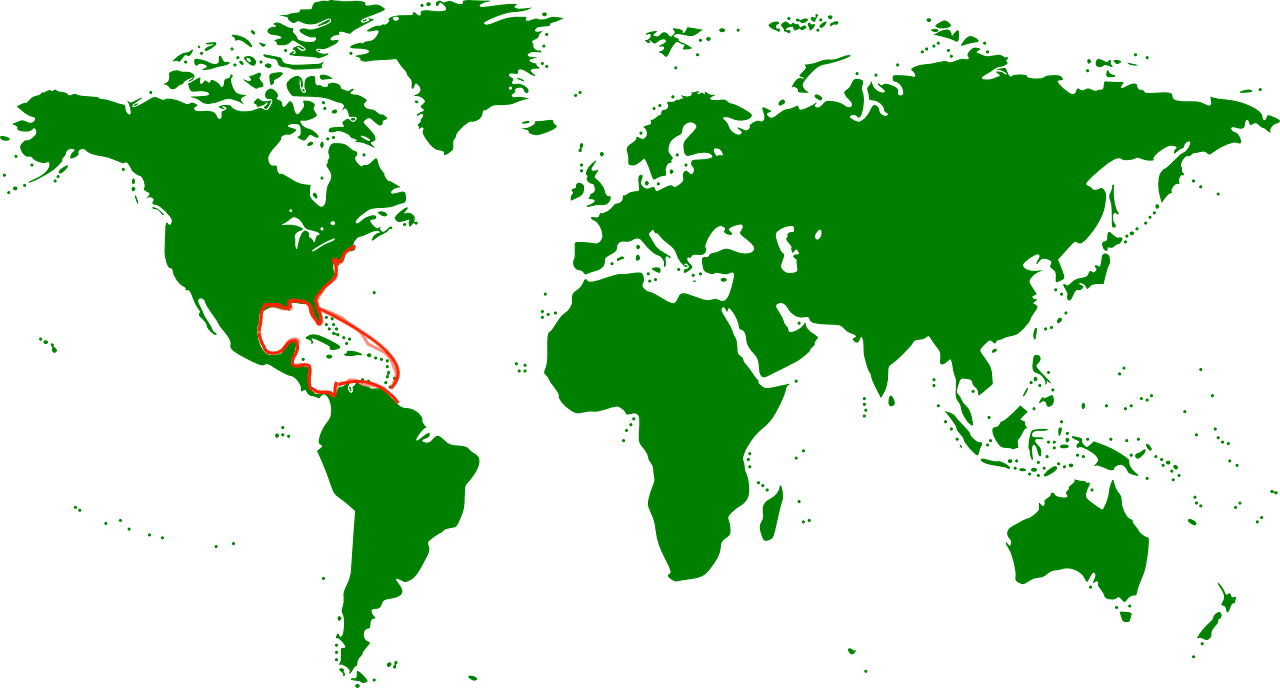
Do mangrove snapper fight hard?
Mangrove snappers fight hard on light tackle, making for an enjoyable fishing experience in Florida Bay in the Florida Keys.
What is a mangrove snappers favorite food?
Mangrove snappers feed on small fish, shrimp, crabs, and other invertebrates, making them omnivores.


